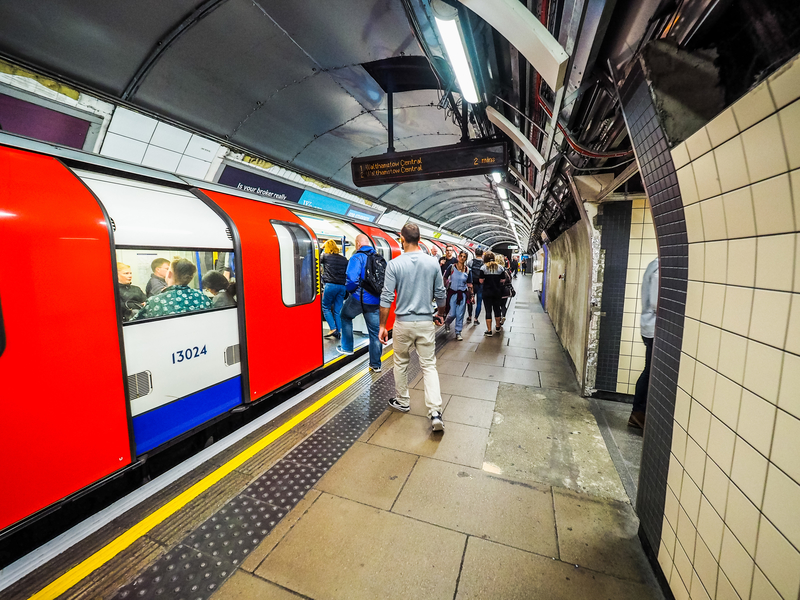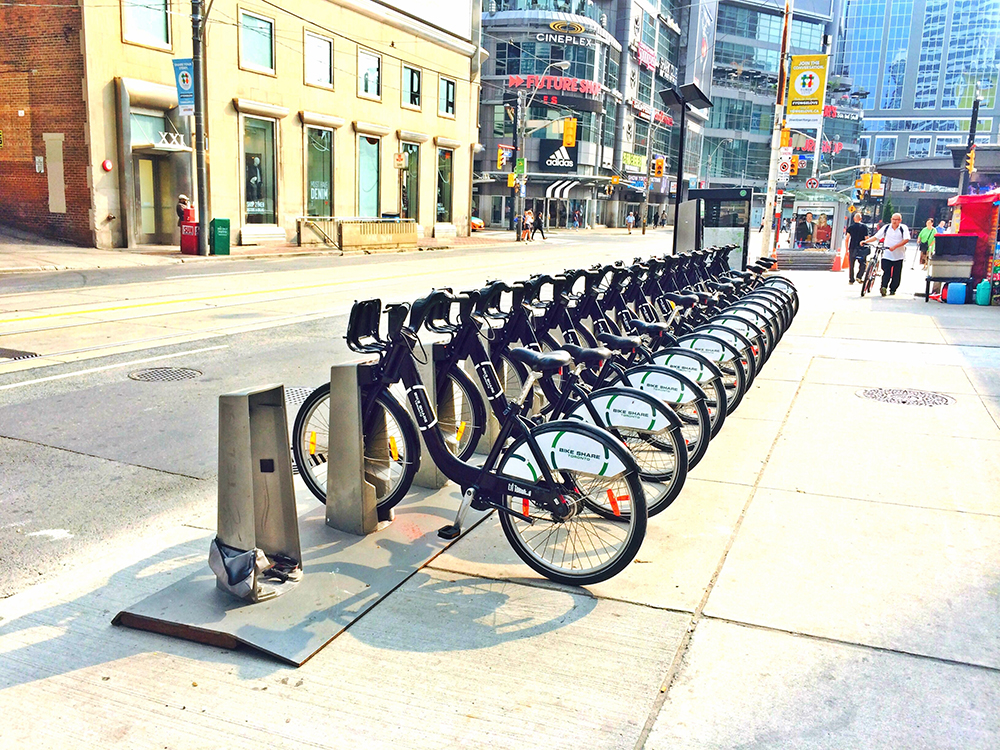
Cubic’s Chris Bax looks at the challenges and benefits of implementing transport as a service.
Imagine paying for travel in exactly the same way you buy your phone service. For example, you would pay a set amount in exchange for a monthly travel package covering up to 100km of free taxi journeys in your home city (including a guaranteed 15 minute pickup) and public transport usage within a 1,500km radius of your home. Not only would this option be cheaper than owning and maintaining your own car, you would also be able to tailor the travel package to fit your lifestyle needs.
This is essentially what Mobility as a Service (MaaS) offers.
MaaS is a transport model centred on the idea that the service provider takes care of the individual’s entire mobility needs as a one-stop service. In essence it gives transport users complete access to services that together deliver the complete journey. It has the potential to change the way people travel for the better through integrating services with low infrastructure investment and low carbon impact while increasing mobility access.
Rising population
Within the past year the world’s population has topped 7 billion, with more than half of those people living in cities. With the rise in urbanisation, transit authorities are faced with new mobility challenges: how do they continue to move massive numbers of people through the city efficiently? In many cases expanding existing urban infrastructure isn’t an option - either logistically or financially.
In contrast, rural communities face a separate set of issues brought on by their uneven and widely-spread population. In some remote areas public transport is scarce, if it exists at all. The main issue transport operators face is the challenges associated with balancing operating costs with unpredictable or falling customer demand. While cities and rural communities will face differing sets of issues, the main concern is similar: how can we make transport more accessible to everyone?
The ageing population places its own demands on transport systems both in terms of accessibility and availability.
Mobility is changing. As an intelligent transport systems provider,
The needs of transport system operators are evolving as urbanisation, changing attitudes towards vehicle ownership and environmental concerns take precedence. Long-term data seems to suggest the market for vehicle ownership in developed markets could be in decline according to multinational asset management company
Digitisation and the emergence of a ‘sharing’ economy have made the idea of sharing assets more widely accepted.
Popular lodging services like Airbnb and Couchsurfing, where homeowners essentially allow visitors to occupy their homes for a nominal fee, are prime examples. This attitude seems to have extended itself to vehicle ownership. A global survey from market research company, TNS, discovered more young people are increasingly viewing cars as ‘appliances not aspirations’. With attitudes towards ownership changing, it is easy to see how the benefits of a whole-of-transport mobility model is an increasingly attractive option.
The rise of Uber, the app-based taxi service, is an example of how companies have taken advantage of changing attitudes and digitisation to provide services that are essentially more affordable and convenient. What is exciting is that innovative apps like Uber could be just a glimpse of what’s yet to come.
Since the early 2000s there have been indications of a decline in the kilometres driven per capita across the UK, Spain, France, Germany and Italy. The US has also experienced a similar trend, while in Japan available data indicates driving behaviour has stayed consistent to around 10,000km per capita per year over the past decade. It’s predicted that driverless cars and semi-driverless cars will become a normal sight on our roads in the next 10 years.
Driverless cars
Driverless cars could completely transform the taxi industry through cost reduction (by removing a driver). Mobility as a Service will become a more attractive option to better manage peak demand travel periods through adjustable pricing packages. Once more, competing packages that include car-sharing options could be offered to further reduce fares and limit road congestion. In fact, in a recent study commissioned by
While transit authorities around the world are constantly looking at ways to improve mobility with low infrastructure investment, moving towards new transport models like Mobility as a Service does pose some crucial challenges. It is likely the public sector will need to make more headway in nurturing innovation in the private sector. Furthermore, a shift towards the ‘internet of things’ through standardisation and open data initiatives will assist the push for further innovations on a global scale. For this to develop, a combination of regulation and deregulation needs to be considered and further cooperation between the public and private sectors explored.
Mobility as a Service promises benefits for public sector transportation operators through a fully integrated, whole-of-transport journey and payments management platform. It means real-time updates and lower costs for operators as resources are used when and where they’re needed – there will be no more empty buses running around streets and villages as demand will be known before the vehicle leaves the depot. For the private sector, this means new market opportunities for transport services.
Public and private sectors have the opportunity to respond positively to current mobility trends through open dialogue and exploring the feasibility of new, fully-integrated transport models. Even now we are witnessing the evolution of mobility solutions from a ‘what infrastructure can we add’ approach, to exploring how smart digital devices can create more affordable and effective ways to travel.
Looking forward
Cities are the best testing ground for Mobility as a Service and Helsinki has led the push with ambitious plans already underway to integrate its existing public transport network into a ‘mobility on demand’ system by 2025. The Finnish capital plans to give travellers the ability to buy mobility in real-time from their smartphones, as well as offering competitive travel packages that will rival car ownership. If the scheme is successful, this will create a template for other cities around the world to follow.
Meanwhile in the private sector it is increasingly evident companies are gearing towards investing in mobility services rather than ownership. At Cubic, we constantly investigate re-engineering the mobility model, with integrating all transport services being one of the key elements of our own vision of urban travel in the future. It’s likely we will see the traditional vehicle-ownership based transport model change gradually over time with the transformation likely to start in cities. However, as technology improves and operating costs decrease, we would hope to see new transport models explored in rural areas to help solve isolation and affordability challenges.
After all, public service is a service for the public, regardless of where they live.











